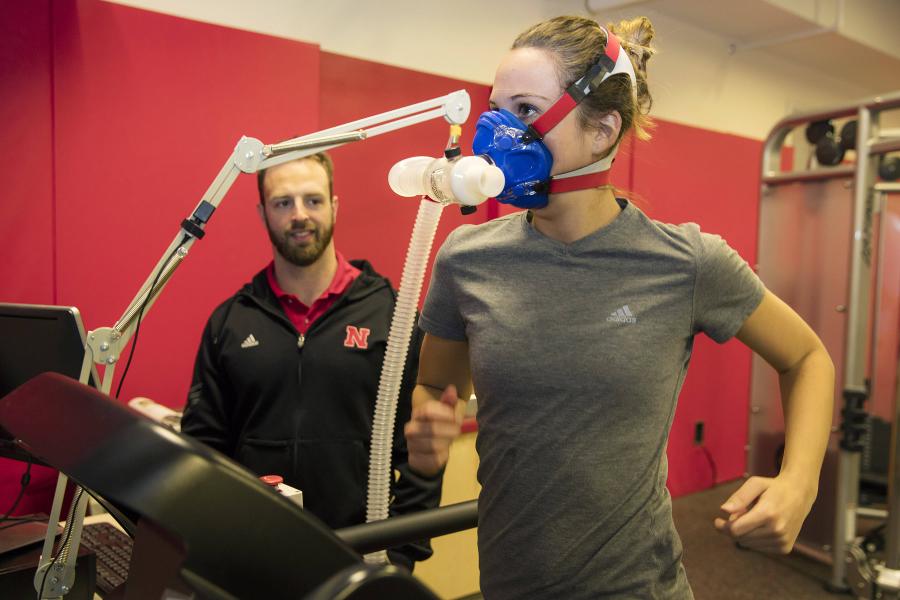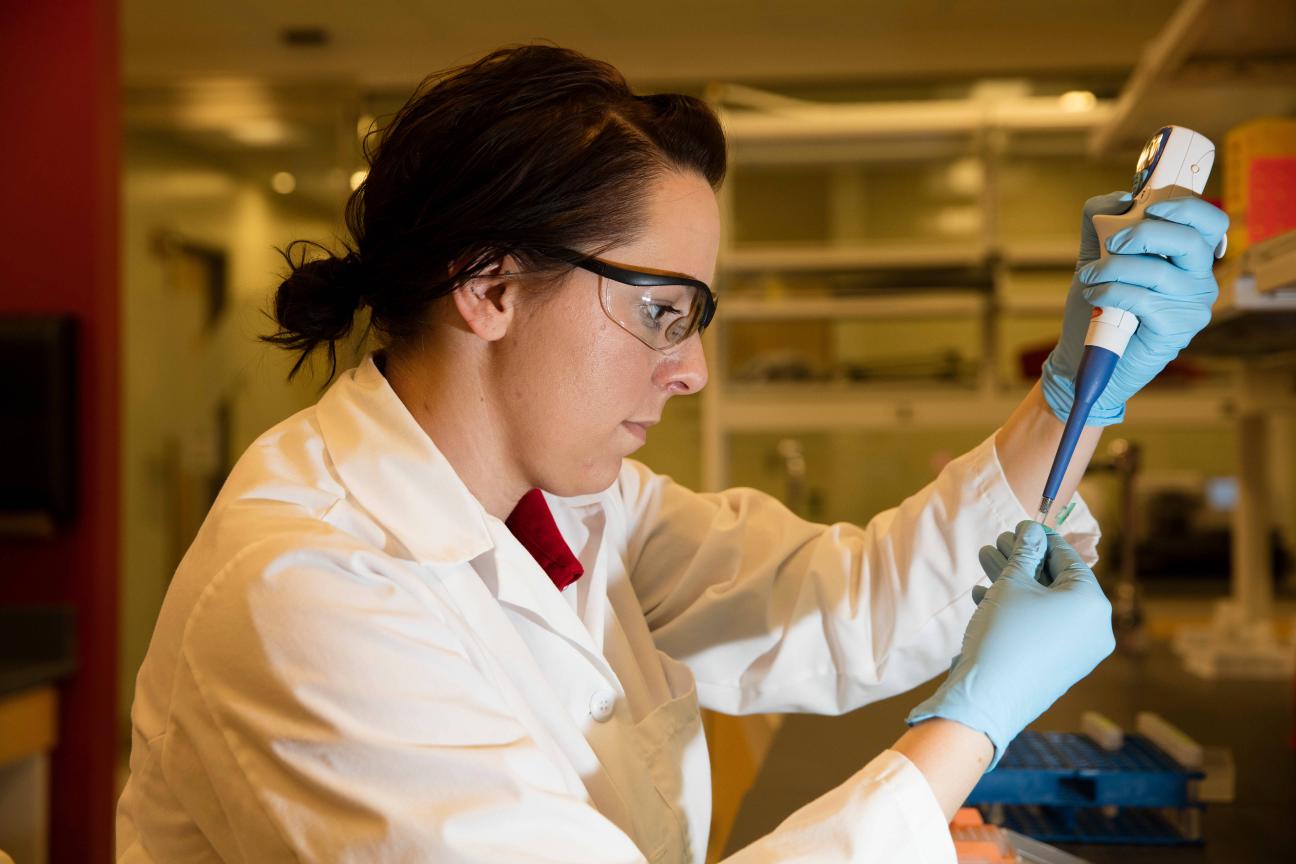The future of athletic performance is here. The Nebraska Athletic Performance Laboratory utilizes a multi-method, multi-disciplinary approach to athlete performance and health through technology and academic expertise. Through collaborative expertise, the Nebraska Athletic Performance Laboratory strives to bring the best to the student-athletes of the University of Nebraska-Lincoln.
In 2013, a 50,000-square-foot expansion of Nebraska's East Memorial Stadium brought together athletic and academic researchers in Nebraska Athletic Performance Laboratory (NAPL) under one roof to study human behavior and performance. The partnership is believed to be the nation's only joint, on campus athletic and academic research facility. The collaboration is a testament to Nebraska's commitment to student-athlete's performance, safety, and long-term health and well-being housed within East Memorial Stadium, allowing optimal accessibility for student-athletes, researchers, and coaching staffs.
Under the direction of Chris Bach, PhD, CSCS, the Nebraska Athletic Performance Laboratory positions Nebraska as a leader in research on student-athlete performance, safety, long-term health and well-being. The NAPL team draws together researchers with diverse areas of expertise, including biomechanics, computer sciences, engineering, ergonomics, exercise physiology, nutrition, physical rehabilitation, psychology, sports science, and vision. Researchers collaborate with Nebraska Athletic coaches and staff, as well as colleagues from around the world to address areas that are critical to athletes and society.


